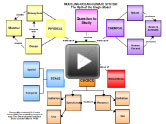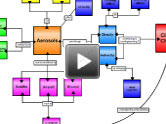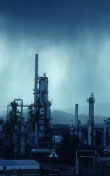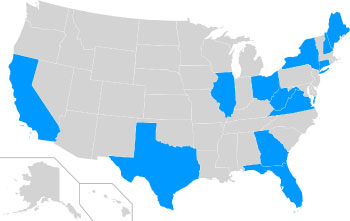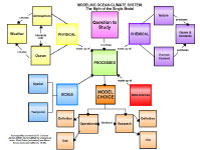|
|
|
||||||||||||||||||
About these Webinars: The ROLE Model webinars provide scientists with the opportunity to interact with educators and present their research in a non-traditional format - through multimedia concept maps created with the Concept Map Builder and presented through the Ocean Climate Interactive. [more]
About this Scientist:
Dr. Carolyn Jordan is a research scientist at the Complex Systems Research Center: Institute for the Study of Earth, Oceans, and Space at the University of New Hampshire. She is a physicist by training and uses her mathematical expertise to build, analyze and refine computer models about atmospheric and climate phenomena. Her work has focused particularly on aerosols, which have not been well understood for their role in climate systems. [more]
About this Educator:
Kate Leavitt is the Marine Science Program Coordinator at the Seacoast Science Center (SSC) in Rye, NH. In her current and previous roles at the SSC, Kate has taught and developed marine education programs for all ages, including many school programs both on-site and remotely. Kate adapts and translates the high-level content of science researchers for SSC audiences, who range from two-year olds to octogenarians. [more]



